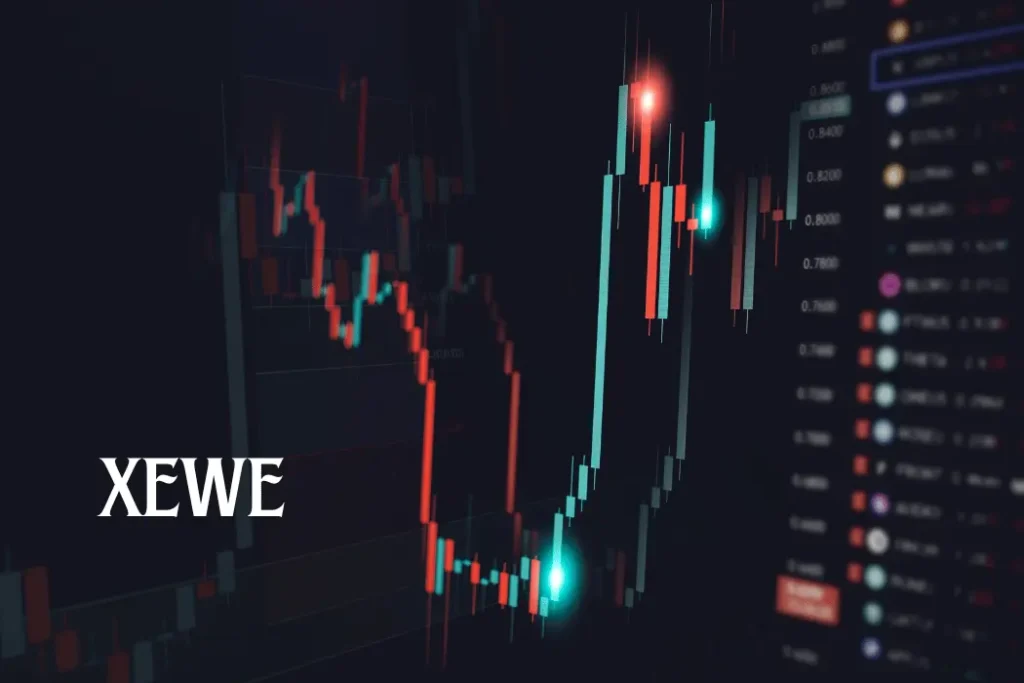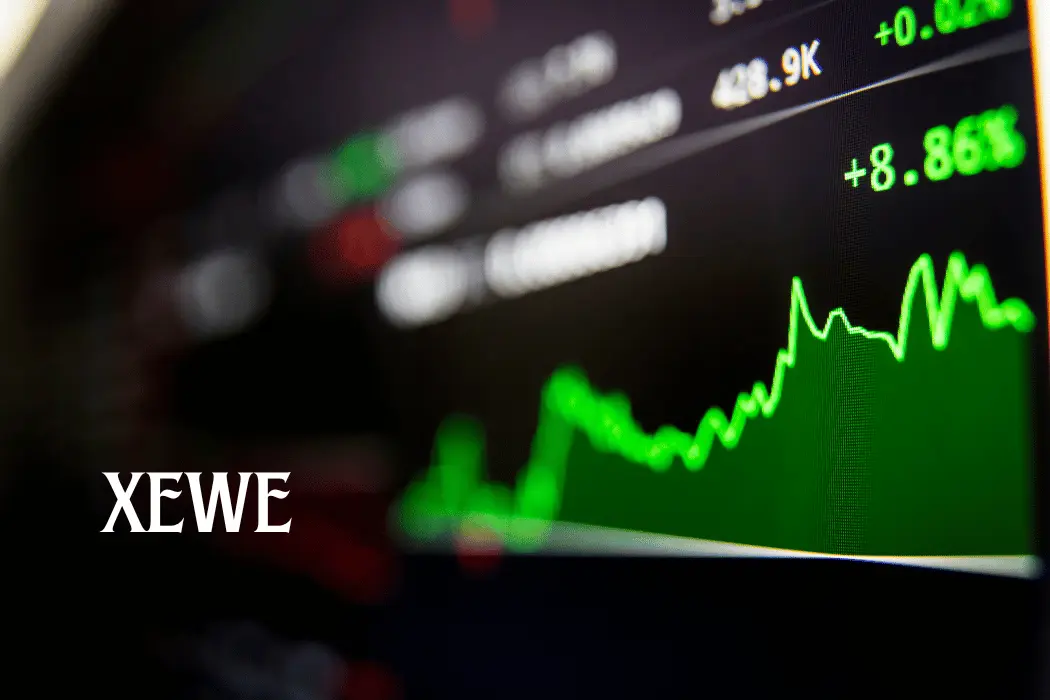The Xtrackers S&P 500 Equal Weight ESG UCITS ETF (XEWE) is a distinctive investment vehicle that tracks the S&P 500 index. Unlike traditional S&P 500 ETFs, which allocate investments based on market capitalization, XEWE provides an equal weighting to each company, ensuring a more balanced and diversified portfolio. Furthermore, XEWE incorporates Environmental, Social, and Governance (ESG) factors into its investment selection, prioritizing sustainability and ethical investing. Listed on the Xetra stock exchange, XEWE is a compelling option for investors seeking to align their financial goals with their values while benefiting from exposure to the S&P 500.
Read more about 0968 What Network: Is It Globe or Smart?
Getting to Know ETFs
Exchange-Traded Funds (ETFs) are investment vehicles that trade on stock exchanges, much like individual stocks. They hold a basket of assets, such as stocks, commodities, or bonds, and use an arbitrage mechanism to maintain their trading price close to their net asset value. ETFs gained popularity in the early 1990s and have since experienced significant growth due to their low costs, tax efficiency, and convenient trading process.
How ETFs Function
ETFs are designed to follow the performance of a particular index or asset. They achieve this by investing in a portfolio of assets that mirror the composition of the underlying index. Investors can buy and sell ETF shares on the stock exchange during trading hours, offering liquidity and flexibility. The price of ETF shares moves in line with market fluctuations, enabling investors to capitalize on intraday price changes.
Benefits of Investing in ETFs
ETFs offer numerous benefits to investors. By diversifying across a broad range of assets, ETFs mitigate the risk associated with individual securities. ETFs can be bought and sold on the stock exchange at any time during trading hours, providing liquidity and flexibility. They typically have lower expense ratios than mutual funds, making them more cost-effective. ETFs regularly disclose their holdings, offering investors transparency into their investments. Furthermore, ETFs often have lower capital gains distributions, leading to tax savings for investors.

The S&P 500 Index Explained
The S&P 500 is a widely recognized stock market index created by Standard & Poor’s. It includes the 500 largest publicly traded U.S. companies, weighted by their market capitalization. Since its inception in 1957, it has become a benchmark for measuring the performance of the U.S. stock market and the overall economy.
How the S&P 500 is Formed
The S&P 500 is comprised of 500 companies selected based on their market size, liquidity, and industry representation. The index is weighted by market capitalization, meaning larger companies have a greater influence on its performance. It covers a diverse range of sectors, offering a comprehensive overview of the U.S. economy.
Why the S&P 500 is a Preferred Investment Option
The S&P 500 is a popular investment choice for several reasons:
- Diversification: It provides exposure to 500 leading companies across various industries, reducing risk.
- Strong returns: Historically, the S&P 500 has delivered solid long-term returns.
- Benchmarking: It serves as a benchmark for many investment products, like mutual funds and ETFs.
- Economic indicator: The S&P 500 is often viewed as a reflection of the overall health of the U.S. economy.
Equal Weighting vs. Market-Cap Weighting
Market-cap weighting allocates funds to companies based on their market size. Larger companies receive more weight in the index, meaning their stock price fluctuations have a greater impact on the overall index performance. This method is commonly used in traditional ETFs and mutual funds.
Understanding Equal Weighting
Equal weighting allocates an equal amount of funds to each company in the index, regardless of its size. This approach prevents any single company from having excessive influence on the portfolio, promoting diversification and reducing concentration risk.
XEWE’s ESG Standards
XEWE uses a range of ESG metrics, including carbon footprint, resource management, human rights, and corporate governance. These metrics measure the greenhouse gas emissions of companies, assess the efficiency of resource use and waste management, evaluate companies’ adherence to human rights standards, and review the structure and practices of company boards.
How ESG Criteria Affect Investment Returns
Integrating ESG criteria into investment decisions can positively impact returns by mitigating risk, improving performance, and attracting socially conscious investors. Companies with strong ESG practices are less susceptible to regulatory fines, legal actions, and reputational harm. ESG-focused companies often exhibit greater operational efficiency and sustainable growth potential. The growing demand for ESG investments can lead to increased valuations for ESG-compliant stocks.
Effective Investment Strategies and Best Practices
To build a successful investment strategy for XEWE, start by aligning your investment goals with the ETF’s characteristics. Assess whether XEWE aligns with your investment horizon, risk tolerance, and ESG preferences. Regularly review and adjust your investment in XEWE based on market fluctuations, the ETF’s performance, and your changing financial circumstances.
Risk Management Strategies
Effective risk management is essential when investing in XEWE. To mitigate risks associated with individual securities and sectors, diversify your investments across various asset classes. Consider using stop-loss orders to limit potential losses and explore hedging strategies to protect against market downturns. Stay informed about market trends and economic conditions to make timely adjustments to your investment.
Portfolio Diversification Strategies
Adding XEWE to a diversified portfolio can enhance your investment strategy. XEWE provides balanced exposure to the S&P 500 with a focus on ESG, making it a valuable component of a diversified investment mix. Consider combining XEWE with other asset classes, such as bonds, international equities, and alternative investments, to create a well-rounded investment approach.
Evaluating XEWE’s Performance
Analyze XEWE’s historical performance to understand its return patterns and volatility. Compare XEWE’s performance to traditional S&P 500 ETFs and other ESG-focused funds. This analysis can provide insights into the ETF’s resilience during market downturns and its ability to generate consistent returns over time.
Factors Affecting Performance
Several factors can influence XEWE’s performance, including macroeconomic conditions, ESG trends, and market sentiment. Monitor economic indicators like GDP growth, inflation, and interest rates, as they can impact market performance. Stay informed about developments in ESG regulations and corporate sustainability practices, as these can affect the performance of ESG-compliant companies.
Key Performance Metrics to Track
For XEWE, important performance metrics to track include total return, price-to-earnings ratio, expense ratio, and tracking error. Total return reflects the ETF’s overall gain or loss, including dividends. The price-to-earnings ratio offers insight into the valuation of the underlying companies. The expense ratio reveals the cost of managing the ETF, and tracking error shows how closely the ETF’s performance aligns with its benchmark index.
Current Market Trends
Current market trends can influence XEWE’s performance and appeal to investors. Analyze trends like rising interest rates, inflationary pressures, and shifts in investor sentiment towards ESG investments. By understanding these trends, you can make informed decisions about investing in XEWE and adjust your strategy accordingly.
New Trends in ESG Investing
Stay updated on emerging trends in ESG investing, such as advancements in ESG data analytics, the integration of ESG factors into financial models, and the rise of new ESG-themed investment products. These trends can impact the performance of ESG-focused ETFs like XEWE and present opportunities for investors to capitalize on the growing demand for sustainable investments.
Investing in XEWE: A Long-Term View
Adopting a long-term perspective can yield significant benefits when investing in XEWE. The ETF’s emphasis on equal weighting and ESG criteria offers a balanced and sustainable investment approach. Long-term investors can capitalize on the compounding effect of returns and the potential for stable growth aligned with ESG principles.
Assessing Long-Term Performance
Evaluate XEWE’s long-term performance by analyzing its historical returns, volatility, and alignment with ESG criteria. Compare its performance to other investment options and assess how it contributes to your overall investment goals. A thorough evaluation of long-term performance helps ensure that XEWE remains consistent with your expectations and investment objectives.
Conclusion
The Xtrackers S&P 500 Equal Weight ESG UCITS ETF (XEWE) presents a distinctive investment opportunity by combining equal weighting with rigorous ESG criteria. This approach offers balanced exposure to the S&P 500, mitigating concentration risk and aligning with sustainable investing principles. XEWE’s historical performance, emphasis on ESG, and equal weight methodology make it a compelling choice for investors seeking responsible and diversified investment options.

